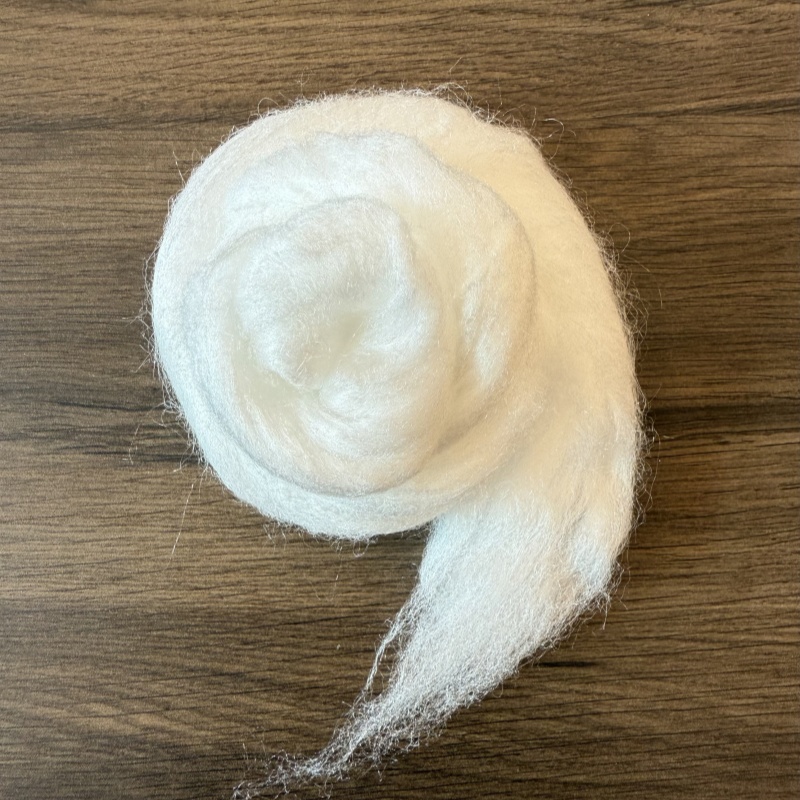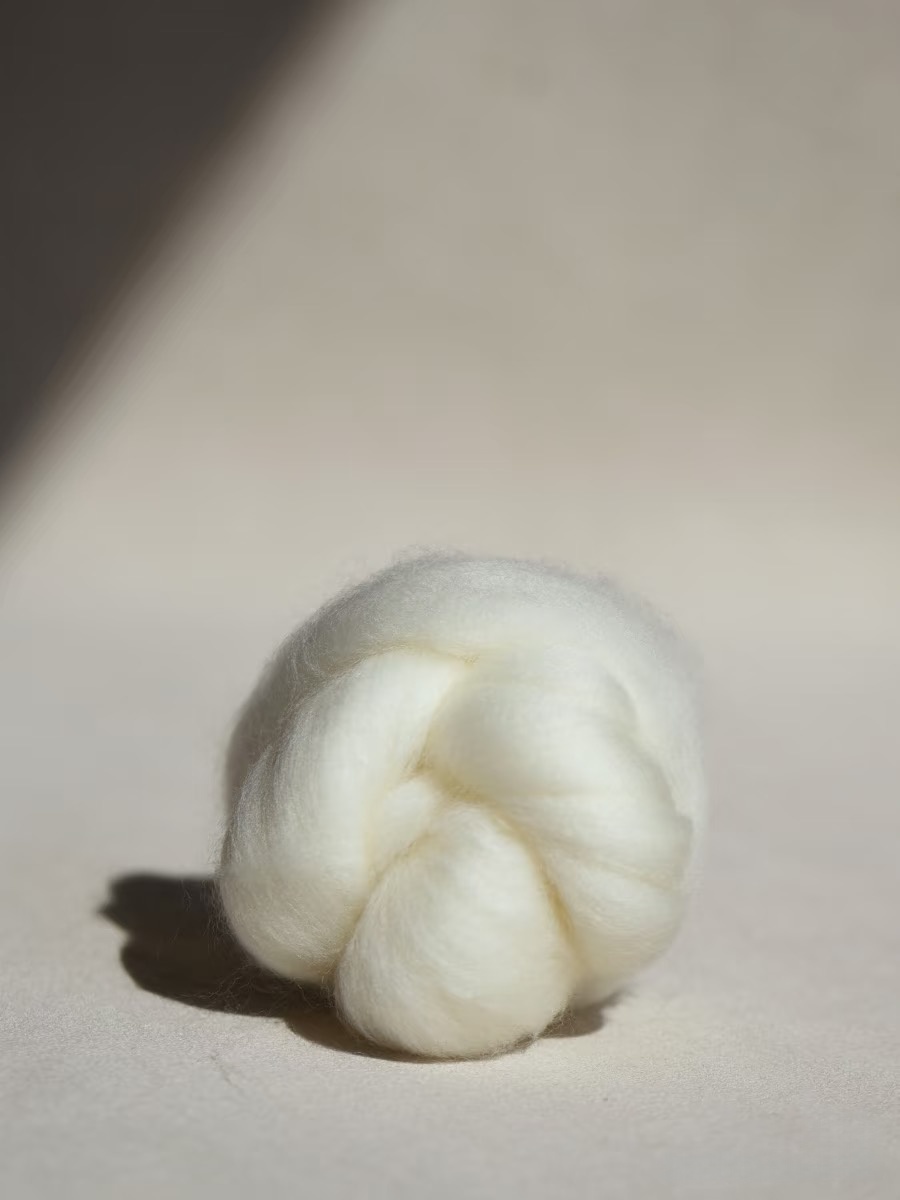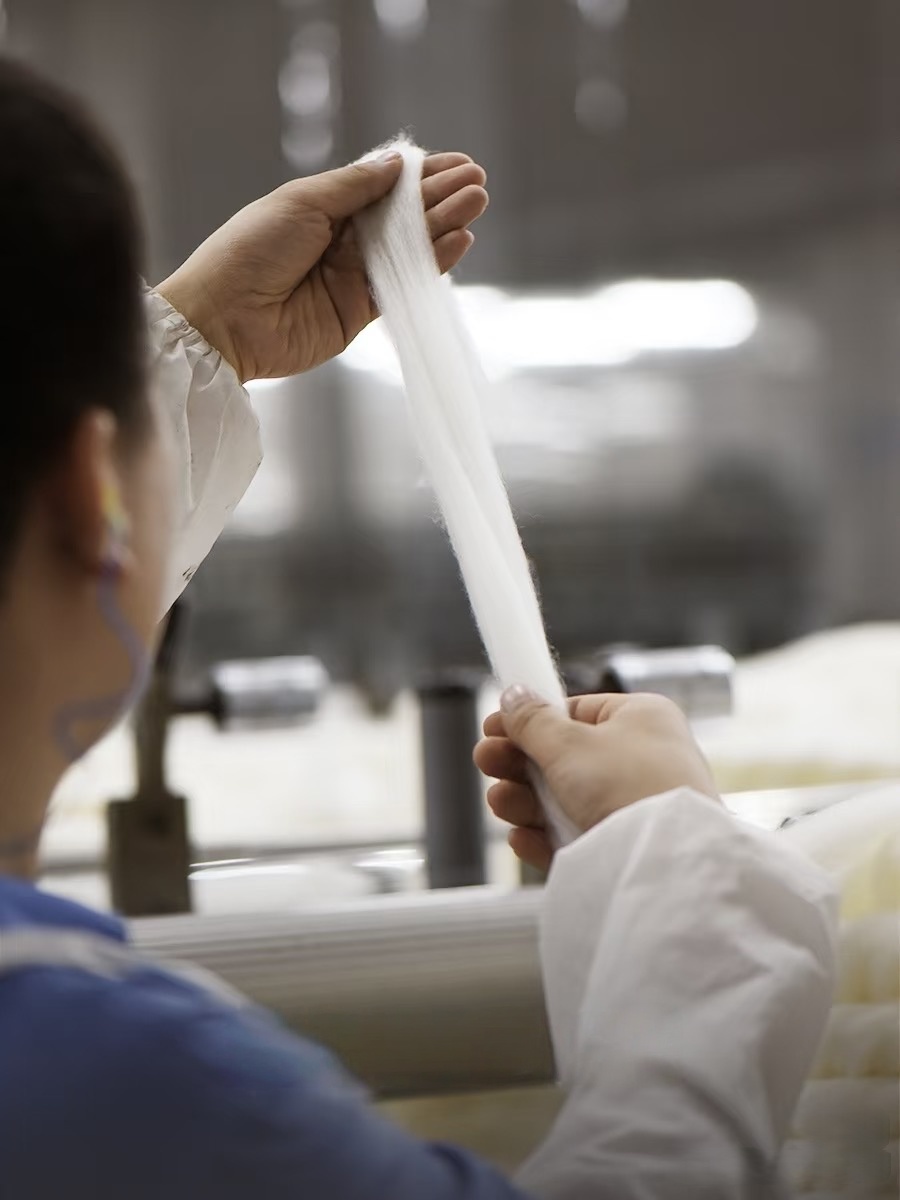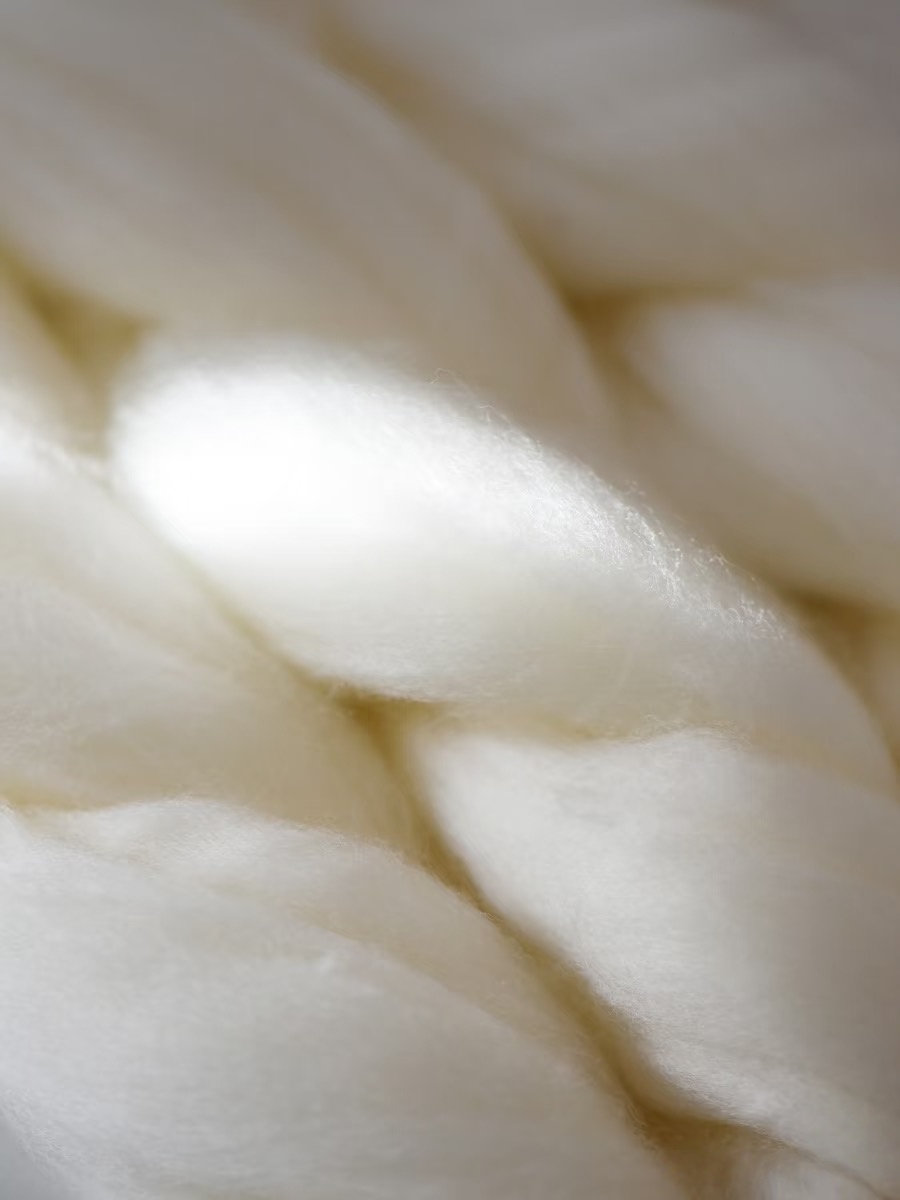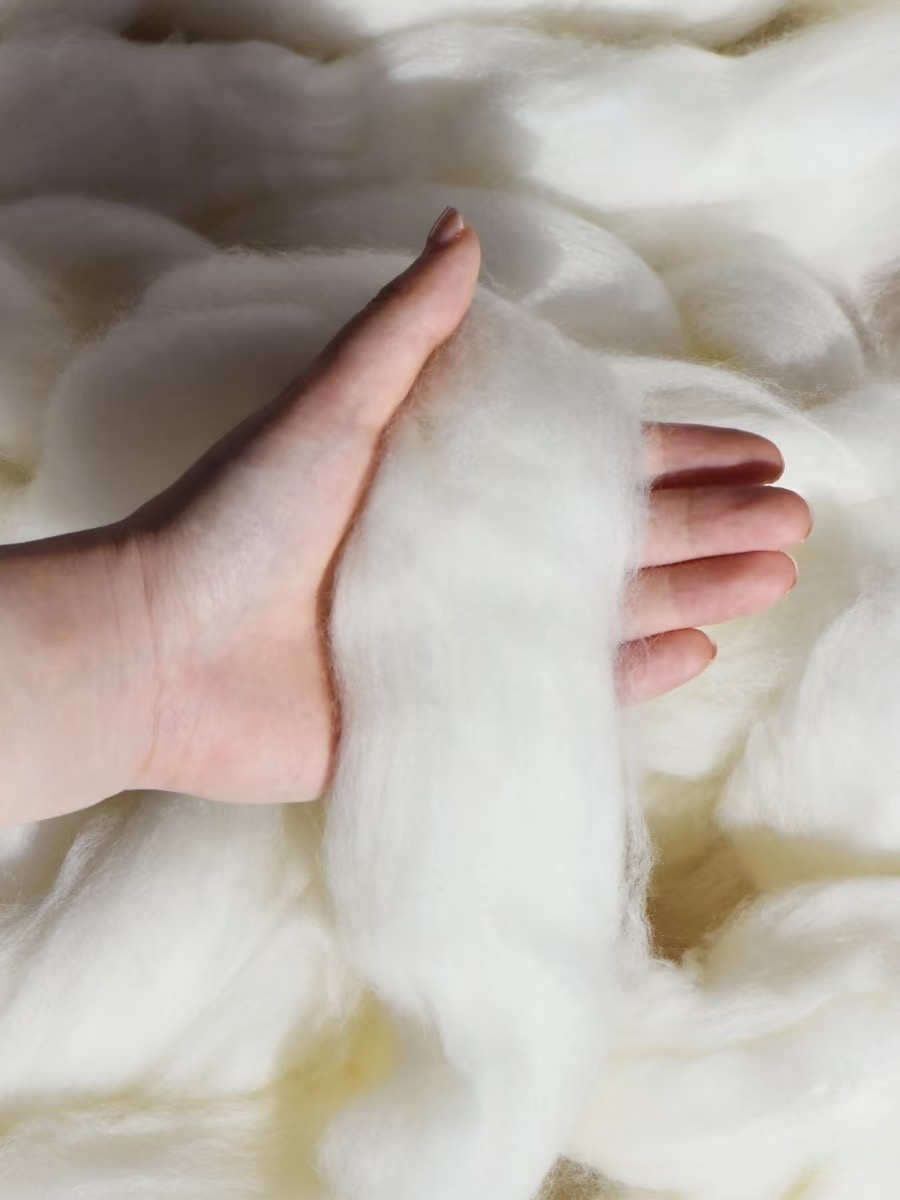What is Nylon 66 Fiber and Why is it Essential?
When it comes to high-performance synthetic materials, nylon 66 fiber stands out as a true industry workhorse. Also known as PA66 fiber, this polymer has built a reputation for its exceptional strength, durability, and versatility, making it a cornerstone material for countless products we rely on daily. From the automotive industry to performance apparel, its unique combination of properties makes it an indispensable choice for manufacturers seeking reliability and excellence. Understanding what this material is and how it’s made is the first step in appreciating its profound impact across various sectors.
Understanding the Superior Polyamide 66 Properties
At the core of its widespread use are the remarkable polyamide 66 properties. This material boasts high tensile strength, meaning it can withstand significant pulling forces without breaking. It also exhibits excellent resistance to abrasion, chemicals, and heat, which is why it performs so well in demanding environments. Unlike other materials that may degrade under stress, the PA66 material maintains its structural integrity, offering a longer lifespan for the end product. Renowned suppliers like INVISTA have perfected this polymer, engineering it to meet rigorous standards for everything from industrial components to high-performance textiles. Its stiffness, toughness, and low-friction surface make it a top-tier choice for engineering applications that require a durable, lightweight solution.
A Glimpse into Nylon 66 Production
The process of Nylon 66 production is a feat of chemical engineering that results in its signature strength. It involves the polymerization of two monomers, hexamethylenediamine and adipic acid, which contain six carbon atoms each—hence the name “66.” This reaction creates long, interlocking molecular chains that give the fiber its incredible resilience. The resulting polymer is typically extruded into pellets or chips, which are then melted and spun into fibers of varying thicknesses and strengths. This controlled manufacturing process is critical for producing a consistent, high-quality material. Companies specializing in polymers ensure that every batch, from the raw resin to the final fiber, meets stringent quality assessments, guaranteeing reliability for downstream applications.
Exploring Diverse Nylon 66 Applications
The list of nylon 66 applications is vast and continues to grow as innovators find new uses for this versatile material. In the automotive world, its strength-to-weight ratio makes it ideal for engine components, airbags, and tire cords. In textiles, Invista nylon fibers are a prime example of how this material is used to create durable carpets, resilient upholstery, and high-performance activewear that can withstand repeated use and washing. These Invista textiles offer both functionality and aesthetic appeal. Furthermore, the industrial sector relies on nylon 66 fiber for creating robust ropes, nets, and conveyor belts. Its ability to be molded into precise shapes also makes it a favored material for producing everything from electrical connectors to fasteners, showcasing its adaptability across a spectrum of demanding roles.
Choosing the Right PA66 Material for Your Needs
In conclusion, nylon 66 fiber is more than just a synthetic thread; it's a foundation for innovation and durability. Its superior properties, born from a precise production process, make it an optimal choice for a wide range of applications that demand resilience and long-term performance. Whether you are developing advanced automotive parts or designing the next generation of hard-wearing textiles, selecting a high-quality PA66 fiber ensures your products are built to last. By partnering with experienced manufacturers who prioritize quality and consistency, you can harness the full potential of this exceptional material to bring powerful, reliable, and cutting-edge products to market.



